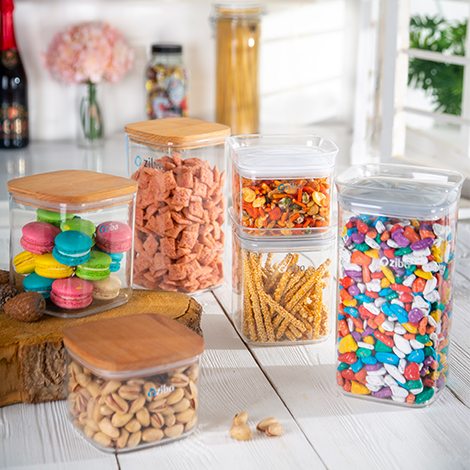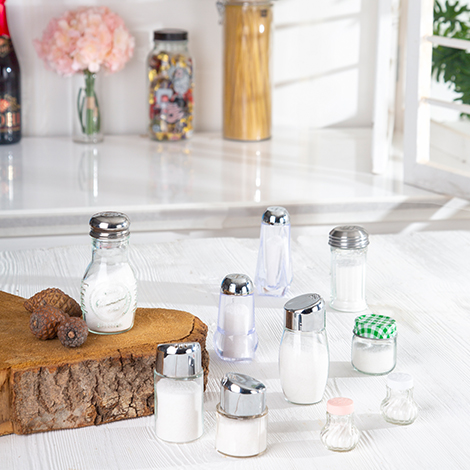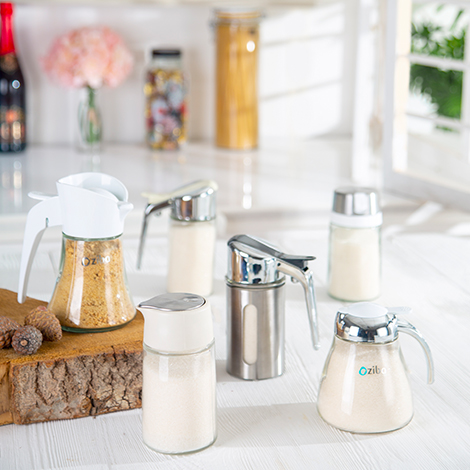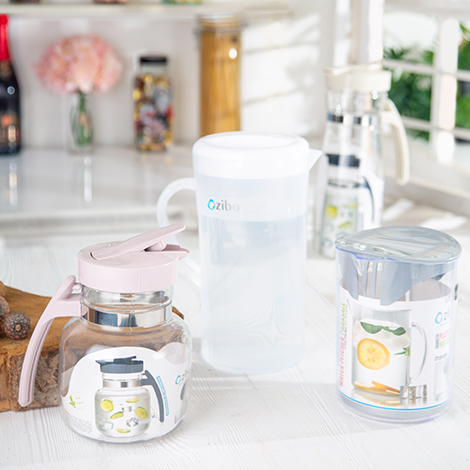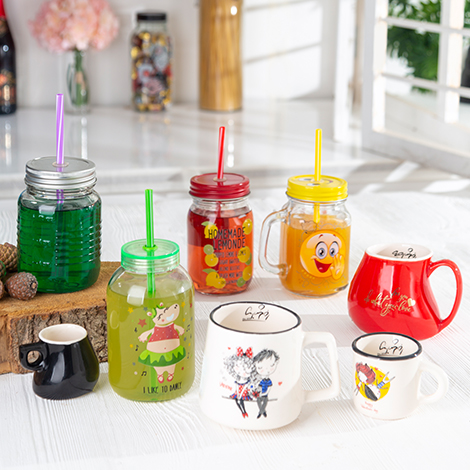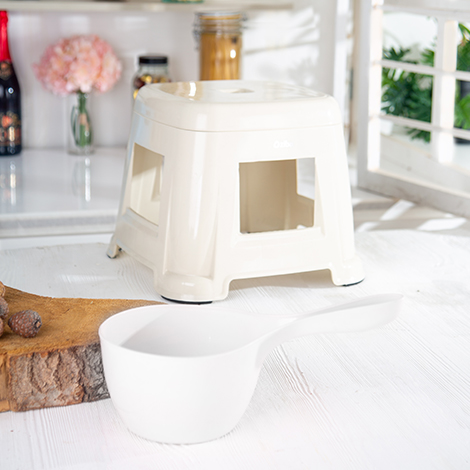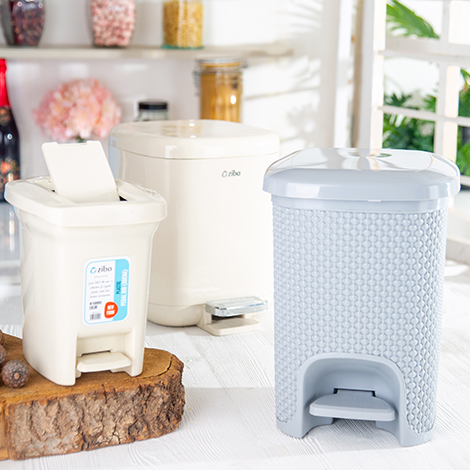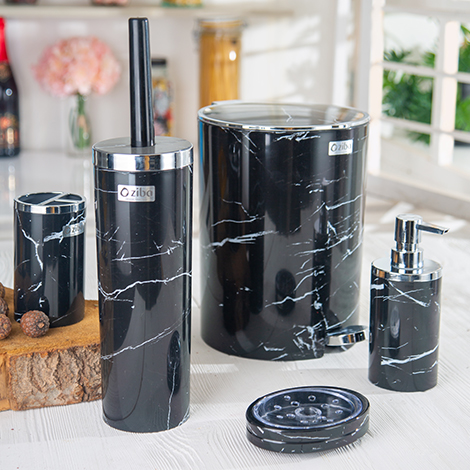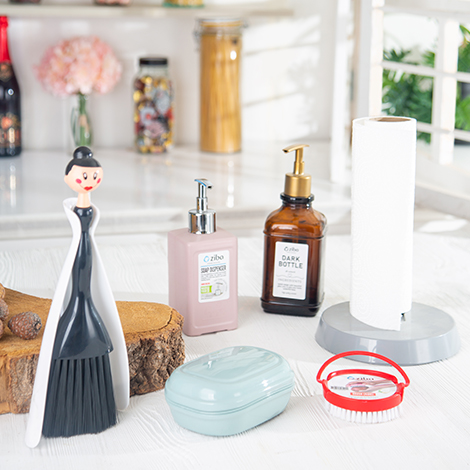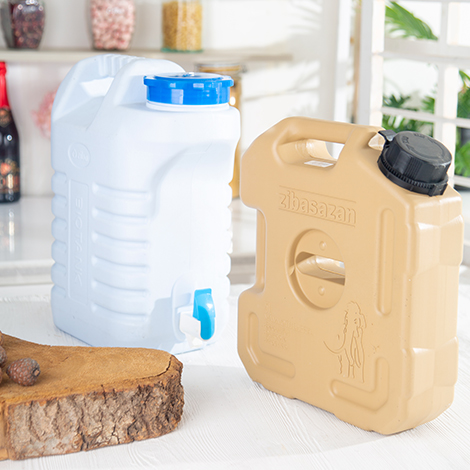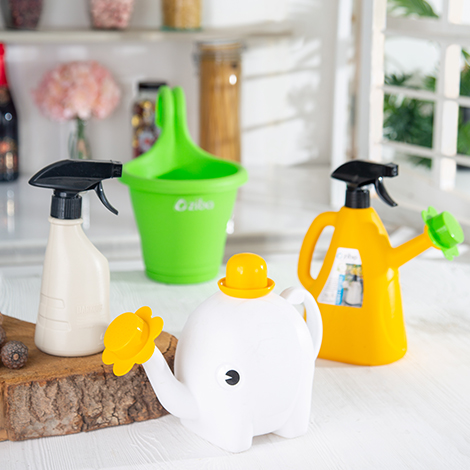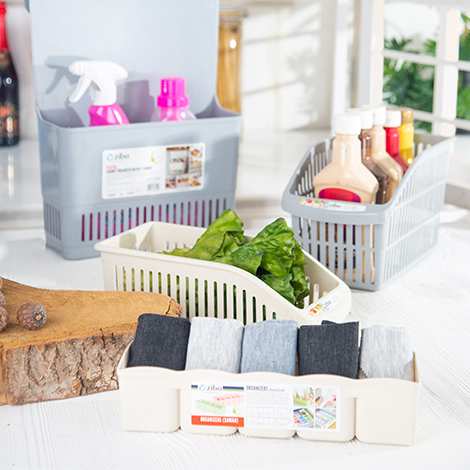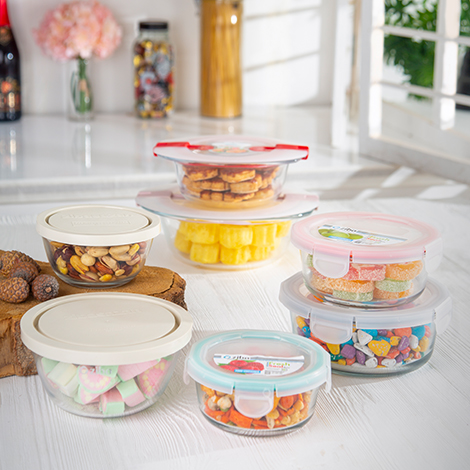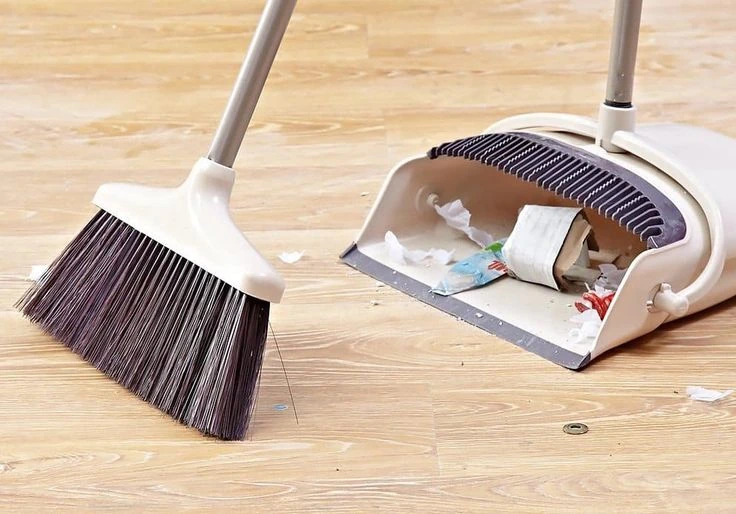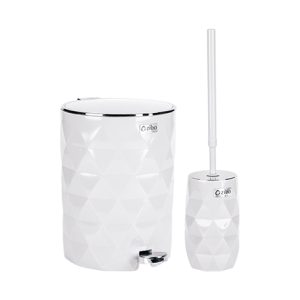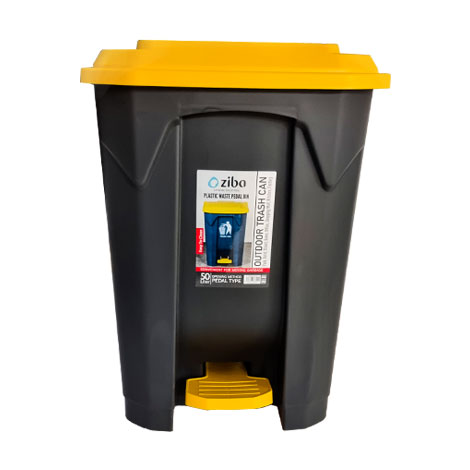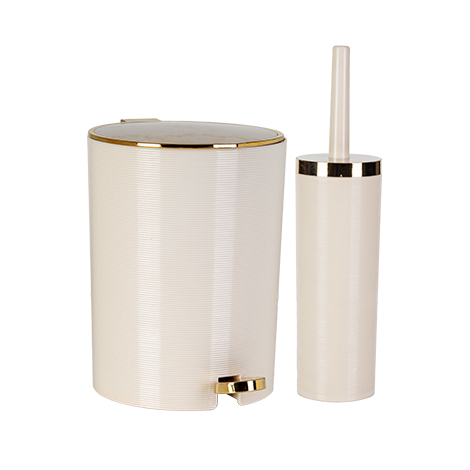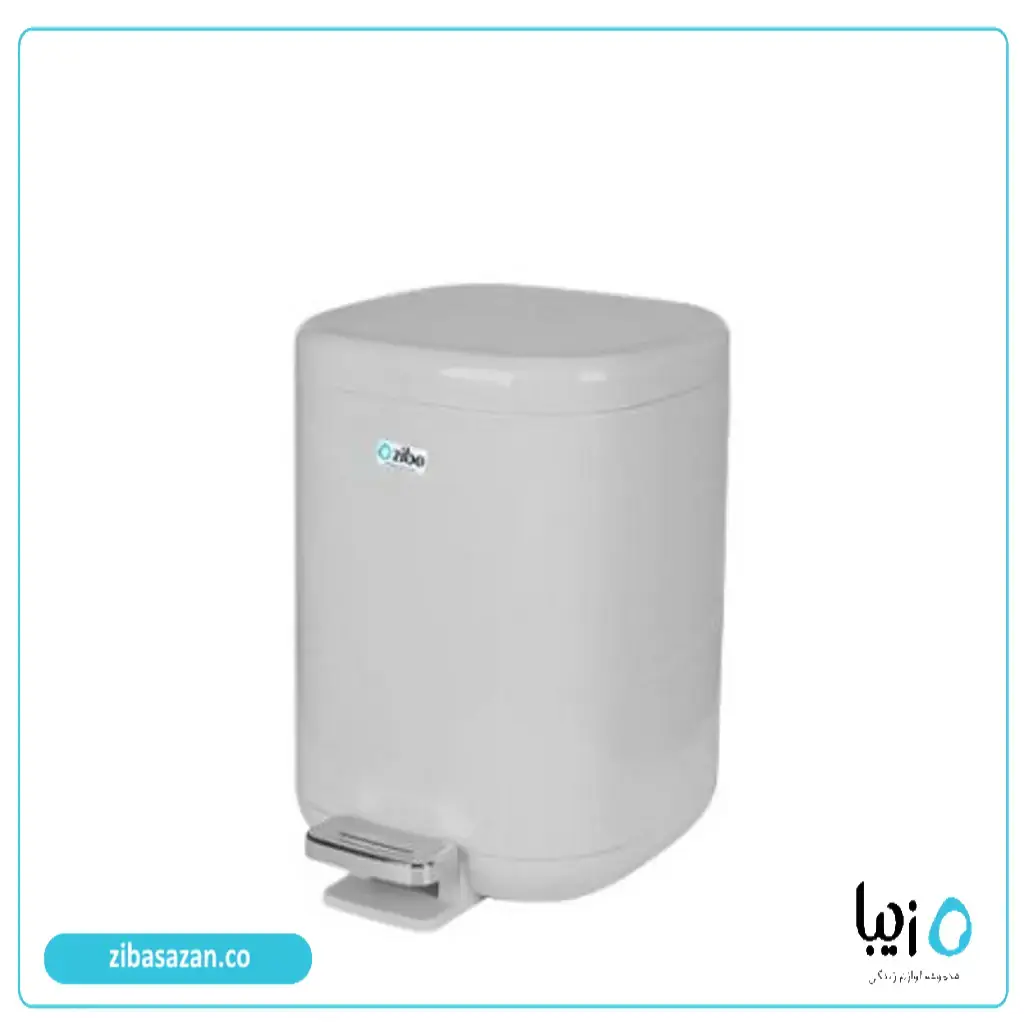This article provides information on cleaning garbage cans. A trash can, as a place where waste accumulates, can quickly become a breeding ground for bacteria and a source of unpleasant odors. The role of bacteria in creating foul smells, the impact of microbial contamination on family health, and the prevention of household pests are all discussed.
The Role of Bacteria in Producing Unpleasant Odors
Due to the accumulation of various food items and moist waste, the trash can provides a suitable environment for the growth and proliferation of various bacteria and microbes. These microorganisms decompose organic materials, producing chemical compounds that spread through the environment as unpleasant and bothersome odors. These smells not only make the home unpleasant but can also reduce the quality of life for family members.
The Impact of Microbial Contamination on Family Health
Microbial contamination in the trash can can enter the indoor environment of the home through direct contact with hands or through the air, leading to a variety of diseases. These illnesses include digestive problems, respiratory infections, skin sensitivities, and even severe allergies. Children, the elderly, and individuals with weakened immune systems are more at risk, and the importance of keeping the trash can clean to protect their health becomes even more apparent.
Preventing the Attraction and Proliferation of Household Pests
Dirty and contaminated trash cans can quickly become a breeding ground for pests like flies, cockroaches, mold, and even rodents. These pests are attracted to organic waste and quickly spread throughout the home, causing further contamination and transmitting diseases to humans. Regular cleaning and disinfection of the trash can, by eliminating the food sources for these pests, plays an effective role in controlling their growth and maintaining a hygienic environment.
| Factor | Explanation | Consequences |
| Growth of Bacteria and Microbes | Decomposition of organic materials and production of foul odors | Environmental contamination and reduced air quality |
| Microbial Contamination | Transmission of microbes through contact or air | Development of digestive, respiratory, and skin diseases |
| Pest Attraction | Creation of a breeding ground for insects and rodents | Increased environmental contamination and disease transmission |
Therefore, regular disinfection and cleaning of the trash can not only reduce unpleasant odors but also play a key role in protecting family health and the home environment, preventing the spread of microbial contamination and the attraction of pests.
Effective Methods for Disinfecting and Cleaning a Trash Can
To prevent bacterial growth and odors in the trash can, you can use household and industrial detergents that effectively eliminate contamination. Natural disinfecting solutions like vinegar, baking soda, and lemon are also suitable, as they do not harm the environment. Key tips when washing a trash can include wearing gloves and thoroughly drying the can after washing.
Household and Industrial Detergents: An Effective Way to Disinfect
One of the main methods to prevent the accumulation of bacteria and the production of foul odors in a trash can is to use detergents. Household detergents contain powerful compounds that effectively remove grease, stains, and dirt, keeping the inner surface of the can clean. In addition, industrial detergents, which usually contain stronger disinfecting compounds, can also kill more resistant microbes and bacteria. Regular use of these materials can significantly prevent the entry and proliferation of microbes and help maintain a healthy home environment.
Natural Disinfecting Solutions: An Eco-Friendly Option
For those who prefer to use natural and low-risk solutions, options like white vinegar, baking soda, and lemon juice are great. Vinegar, due to its acidic properties, can help eliminate bacteria and also reduce bad odors. Baking soda acts as a gentle cleaner, neutralizing stains and foul smells, while lemon juice, with its antibacterial properties and natural scent, helps keep the trash can clean and fresh. Using these materials is not only safe but also does not harm the environment.
| Method | Materials Used | Explanation |
| Household Detergents | Dish soap, strong soap | Removes surface grease and dirt, keeps the can’s inner surface clean |
| Industrial Detergents | Strong disinfecting solutions | Eliminates microbes and more resistant bacteria |
| Natural Solutions | Vinegar, baking soda, lemon juice | Gentle disinfection, reduces bad odors, eco-friendly |
| Safety Tips | Use gloves, thoroughly dry | Prevents direct contact with contamination and re-growth of bacteria |
By implementing these methods regularly, you can prevent bacteria from accumulating and keep the trash can always fresh and hygienic, ensuring a clean and healthy home environment.
Appropriate Schedule for Cleaning a Trash Can
The best time to clean a trash can is several times a week. Planning for quick cleaning versus deep cleaning should be considered. Also, signs of a need for immediate disinfection include strong odors and visible contamination.
Appropriate Frequency for Trash Can Cleaning
Regularly cleaning and disinfecting a trash can is one of the most important factors in preventing bacterial growth and foul odors. It is generally recommended that the trash can be thoroughly washed and disinfected at least two to three times a week. Of course, this frequency may vary depending on the volume and type of waste produced in each household. Early cleaning, especially when there is more wet waste or food scraps in the can, can prevent severe odors and microbial contamination.
Planning for Quick and Deep Cleaning
The difference between quick and deep cleaning allows you to have a better schedule for this task. Quick cleaning usually involves a superficial wipe-down and a quick wash with mild detergents, which can be done daily or after each time the can is emptied. In contrast, deep cleaning, using stronger detergents and effective disinfectants, is done regularly at specified intervals, such as once or twice a week, to eliminate all common and hidden contaminants.
| Type of Cleaning | Suggested Frequency | Features and Use |
| Quick Cleaning | After each waste disposal or daily | Superficial cleaning and quick drying to eliminate initial odors |
| Deep Cleaning | Once or twice a week | Use of strong detergents and disinfectants to completely eliminate contamination |
| Immediate Disinfection | Upon observing strong odors or visible contamination | Take quick action with strong detergents and follow hygiene tips to prevent the spread of contamination |
Having a regular schedule for cleaning the trash can, along with recognizing the signs for immediate cleaning, helps maintain a healthy home environment and prevents the proliferation of bacteria, providing a cleaner and fresher space for all family members.
Common Mistakes in Disinfecting and Cleaning a Trash Can
Common mistakes include using inappropriate chemicals that can be harmful and not drying the can completely after washing, which leads to bacterial growth. Neglecting the lid and inner edges of the can is also a common mistake.
Using Inappropriate Chemicals and Their Consequences
One of the common errors in disinfecting and cleaning a trash can is using inappropriate or excessively strong chemicals that may damage the can’s body. These substances can cause cracking, discoloration, and reduced durability of the plastic or other materials, resulting in an uneven surface where microbes can accumulate. Also, residues of these substances can negatively affect the health of family members and even leave an unpleasant smell if not washed off completely.
The Importance of Thoroughly Drying the Can After Washing
After washing and disinfecting, not thoroughly drying the can is a major mistake that leads to the re-growth of bacteria and fungi. A wet can creates an ideal environment for the proliferation of pathogens and intensifies unpleasant odors. It is best to place the can in the open air or under direct sunlight after washing so it dries quickly. Even in enclosed spaces, a clean, dry cloth or a fan can be used to speed up the drying process.
Neglecting the Lid and Inner Edges: Hidden Contamination Points
Areas such as the lid, edges, and inner corners of the trash can are often easily forgotten or difficult to access; however, these sections are a breeding ground for microbes, bacteria, and various contaminants. Not thoroughly cleaning these parts can lead to lingering bad smells and the growth of contamination. For a complete cleaning, you need to pay special attention to these areas and use specialized brushes or accessible sponges to clean all angles properly.
| Common Mistake | Explanation | Appropriate Solution |
| Using inappropriate chemicals | Damages the body and creates an uneven surface for microbe growth | Use specialized detergents or natural substances with disinfecting properties |
| Not drying completely after washing | Creates a moist environment for the growth of bacteria and fungi | Dry the can in the open air or under sunlight |
| Neglecting the lid and edges | A place for the accumulation and growth of contamination and foul odors | Thoroughly wash and scrub these areas with a brush |
Following these tips prevents hygiene problems and ensures the trash can remains clean, odorless, and free of any microbes and contaminants.
How Zibasazan Can Help You on This Journey
The Zibasazan store, by offering high-quality and diverse products such as plastic and acrylic trash cans, has effective solutions for cleaning and disinfecting your environment. Zibasazan’s competitive advantages include artistic design and adherence to health standards. By purchasing from Zibasazan, you will have not only quality equipment but also peace of mind regarding hygiene.
Zibasazan’s Product Variety and Quality for Maintaining Hygiene
The Zibasazan store, by offering a wide range of high-quality plastic and acrylic trash cans, significantly helps improve the process of cleaning and disinfecting the environment. Using high-quality raw materials and modern production technologies, these products are not only highly resistant to impact and discoloration but also meet the necessary health standards and prevent the absorption of contaminants and the growth of bacteria.
Artistic and Functional Design for a Better Experience
One of the key advantages of Zibasazan products is their artistic and functional designs, which, in addition to their visual appeal, provide ease of use and effortless cleaning for consumers. Precise molds and smooth, seamless edges reduce hidden spots for microbe accumulation, making the can easy to wash and disinfect. Also, lids and movable parts with a standard design play an effective role in preventing the spread of unpleasant odors.
| Product Feature | Impact on Hygiene | User Benefit |
| High-quality raw materials | Resistance to contaminant absorption and bacterial growth | Long-lasting durability and quality preservation |
| Seamless and smooth design | Reduces hidden contamination spots and eases washing | Effortless and effective cleaning and disinfection |
| Standard lids | Prevents the spread of foul odors | Helps maintain a clean and fresh environment |
| Adherence to health standards | Consumer safety and family health | Usable with all types of disinfectants |
By choosing Zibasazan products, you can be confident in the high quality and hygiene of the containers and maintain your home or workplace in the best possible way. This smart choice will have a direct impact on reducing bacterial growth and preventing unpleasant odors in the trash can, providing you with a confident and hygienic experience.
فهرست مطالب
- 1 The best waterproof, durable, and incredibly practical plastic bathroom organizers!!!
- 2 Plastic Bowl Buying Guide: How to Choose the Best Bowl for Every Need
- 3 Everything You Need to Know About Types of Plastic Kitchenware Materials
- 4 Choosing the Best Ergonomically Designed Water Bottle for Athletes
- 5 The Ultimate Kitchen Grater Buying Guide: How to Choose the Right One for Your Needs




